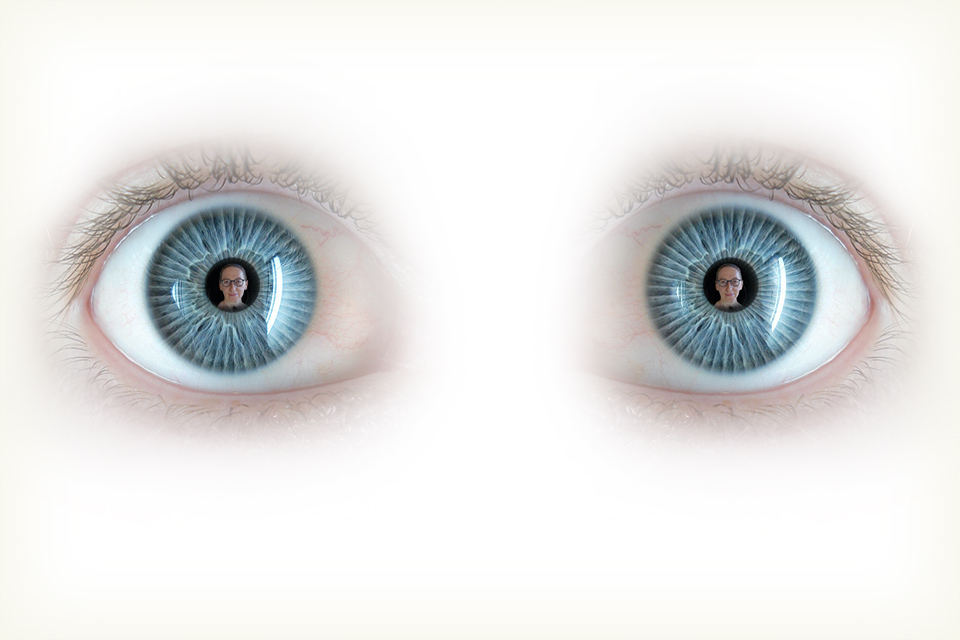

Recently in the family, there was a discussion about the seeming changeable nature of eye colours if they are not definitely brown or blue. Those colours in between, ‘hazel eyes’, are conglomerates of melanin, which is actually brown, varies in amounts in each person’s iris, and can be a never-ending challenge to you when you are looking for clothing matches. The melanin, which incidentally is also responsible for brown and blue eyes, can vary its reflection of light rays to create all those varieties in hazel eyes.

Our cat Alfie has beautiful yellow eyes. My wife says they are green. Maybe they are green. You decide! Sometimes its hard to tell. His best pal Molly, shows up every morning for treats, and her eyes are most definitely sky blue. Wendy and I have “hazel” eyes. The exact description of hazel eyes is elusive because of their variations around chromatic greys. Even if one would claim that their hazel eyes are dominantly brown they would still find that particular brown to be a variation of a chromatic grey.

Chromatic greys are the result of mixing colours that are chromatically opposite. If you can remember making a colour wheel in public school art class you have the necessary picture. Orange opposite Blue. Green Opposite Red. And Violet opposite Yellow. Of course there are lots of different kinds of reds and greens so deciding what red should be opposite what green is not so easy to decide. Those school colour mixings are ‘subtractive’, a situation where adding an amount of colour to another reduces the ability of the first colour to reflect its original hue. Eye colours also rely on light waves, (as every colour does) but the primary colours for mixing light are red, green and blue, and their mixtures are termed ‘additive’ as one wavelength is being added to another. Remember the term RGB Monitor? That’s where the name came from.

So once one gets past that public school art class, colour gets very complicated, and it isn’t just eye colour that stretches our knowledge of colour and how it all works. One can readily understand this by deciding to have beige coloured walls in the living room. That decision leads one to a paint department in the local lumber store. There, in all there glory, are not only eye colours but endless arrays of beige and other chromatic greys with mixing formulas that vary ever so slightly in the little bits of pigment that define their tones and shades. It’s physics and science.

It is a bit of a stretch to surmise that the impressionists began their great foray into light and colour by gazing into someone’s eyes at the Moulin De La Galette, which looks like it may indeed have been possible, or that artists like Joseph Albers started in the same way, which is likely not possible because he lived in Germany and the United States. It is true, however, that colour and how it works assumed big and new interests in the late 19th and early 20th centuries.
In this short and limited discussion it is ironic in a way that eyes are not only our subject here, our traditional “window to the soul,” but significantly, they are also the great providers for all the colours we see. But that’s another topic.



Peter Marsh CSPWC OSA SCA TWS




